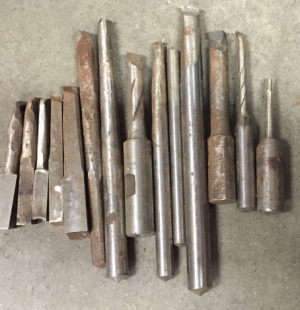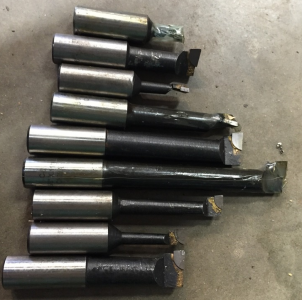- Joined
- Nov 12, 2015
- Messages
- 497
We exclusively used 3 jaw chucks with soft jaws which we bored out to the dia of the pieces we were making. I apprenticed in a shop that made bearing seals and some of the molds had 144 cavities and we always made spares. We ALWAYS used the same chuck key hole, the one that was directly above the mfg badge, as well as coloring up the slug between the two jaws, we needed to do this to provide consistency from part to part.


